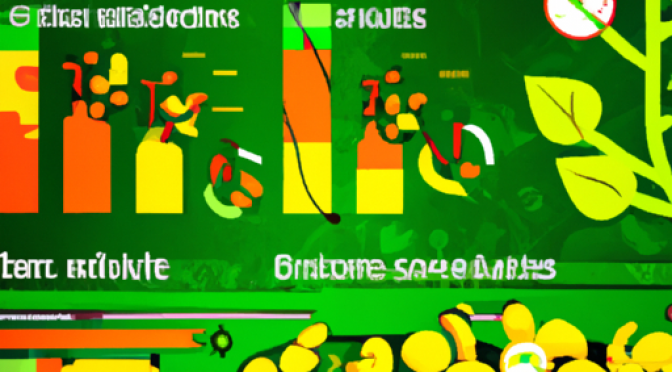Introduction
Vertical farming, a method of growing crops in vertically stacked layers, has gained significant attention in recent years due to its potential to address food security and sustainability challenges. One crucial aspect of vertical farming is ensuring the nutritional quality of the crops grown. In this article, we will explore how artificial intelligence (AI) and machine learning can contribute to research on the nutritional quality of crops from vertical farms.
Enhanced Crop Monitoring
AI and machine learning algorithms can be utilized to monitor and analyze various parameters related to crop growth and development. By integrating sensors and cameras within vertical farming systems, these technologies can collect real-time data on factors such as temperature, humidity, light intensity, and nutrient levels. This data can then be processed using AI algorithms to identify patterns and correlations that affect the nutritional quality of crops.
Predictive Modeling
Machine learning algorithms can be trained using historical data on crop growth and nutritional quality to develop predictive models. These models can forecast the nutritional content of crops based on environmental conditions, nutrient inputs, and other relevant factors. By leveraging these predictive models, vertical farmers can optimize their cultivation practices to maximize the nutritional quality of their crops.
Genetic Analysis
AI and machine learning techniques can also contribute to genetic analysis of crops grown in vertical farms. By analyzing the genetic makeup of crops, researchers can identify genes associated with desirable nutritional traits. Machine learning algorithms can then be employed to predict the nutritional quality of crops based on their genetic profiles. This information can guide breeding programs and genetic engineering efforts to develop crops with enhanced nutritional value.
Quality Control and Sorting
AI-powered image recognition algorithms can be utilized to assess the quality of harvested crops. By analyzing images of crops, these algorithms can detect visual cues indicating nutritional deficiencies or diseases. Additionally, machine learning algorithms can be employed to sort crops based on their nutritional quality, ensuring that only the highest quality produce reaches consumers.
Data Integration and Knowledge Sharing
AI and machine learning can facilitate the integration of data from various sources, including vertical farms, research institutions, and nutritional databases. By combining and analyzing these diverse datasets, researchers can gain valuable insights into the nutritional quality of crops grown in vertical farms. Furthermore, AI-powered knowledge sharing platforms can enable collaboration and information exchange among researchers, accelerating advancements in this field.
Conclusion
The integration of AI and machine learning in research on the nutritional quality of crops from vertical farms holds immense potential. These technologies can enhance crop monitoring, enable predictive modeling, facilitate genetic analysis, ensure quality control, and promote data integration and knowledge sharing. By leveraging these advancements, researchers and vertical farmers can work together to optimize the nutritional quality of crops and contribute to a more sustainable and food-secure future.

